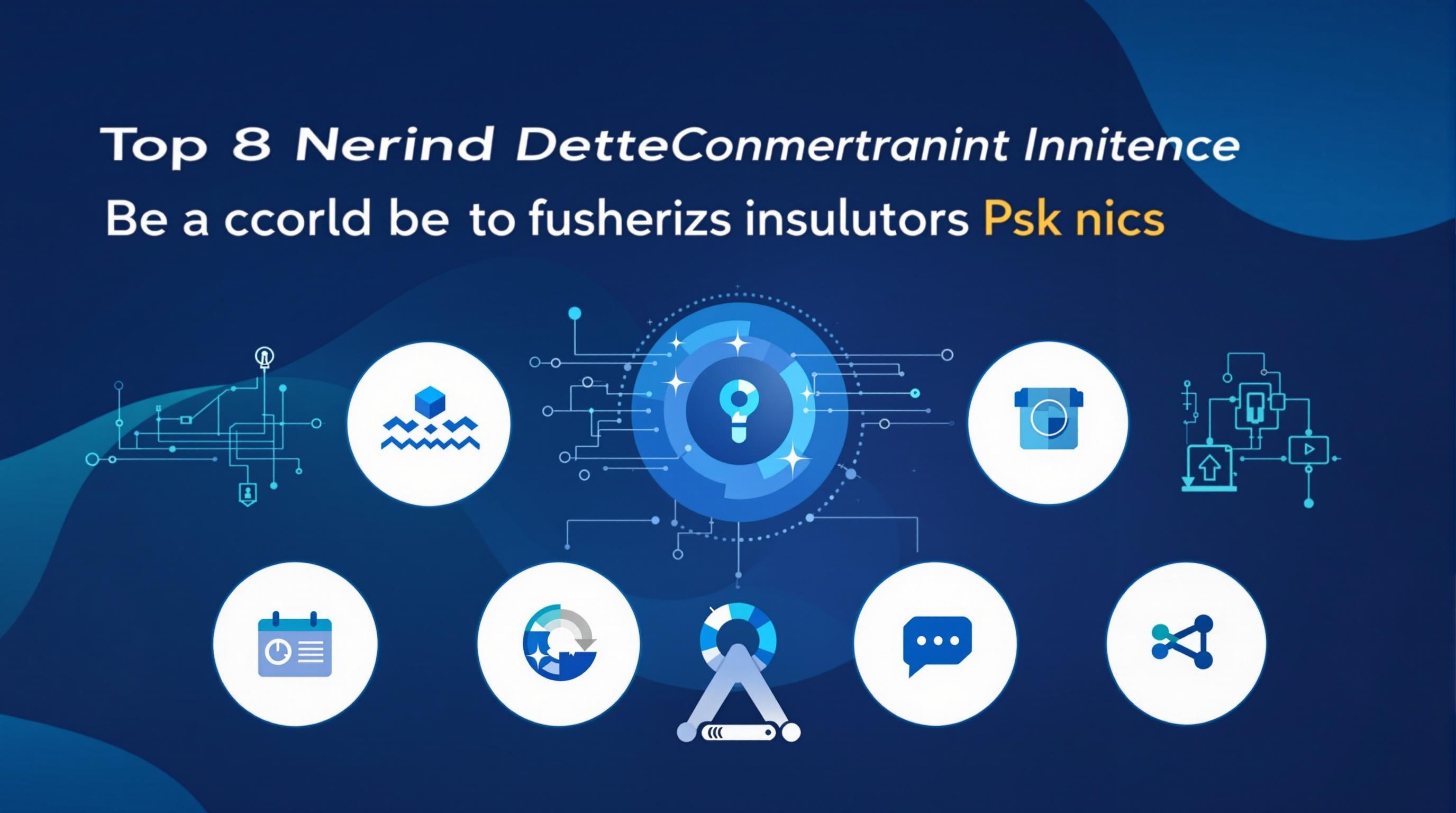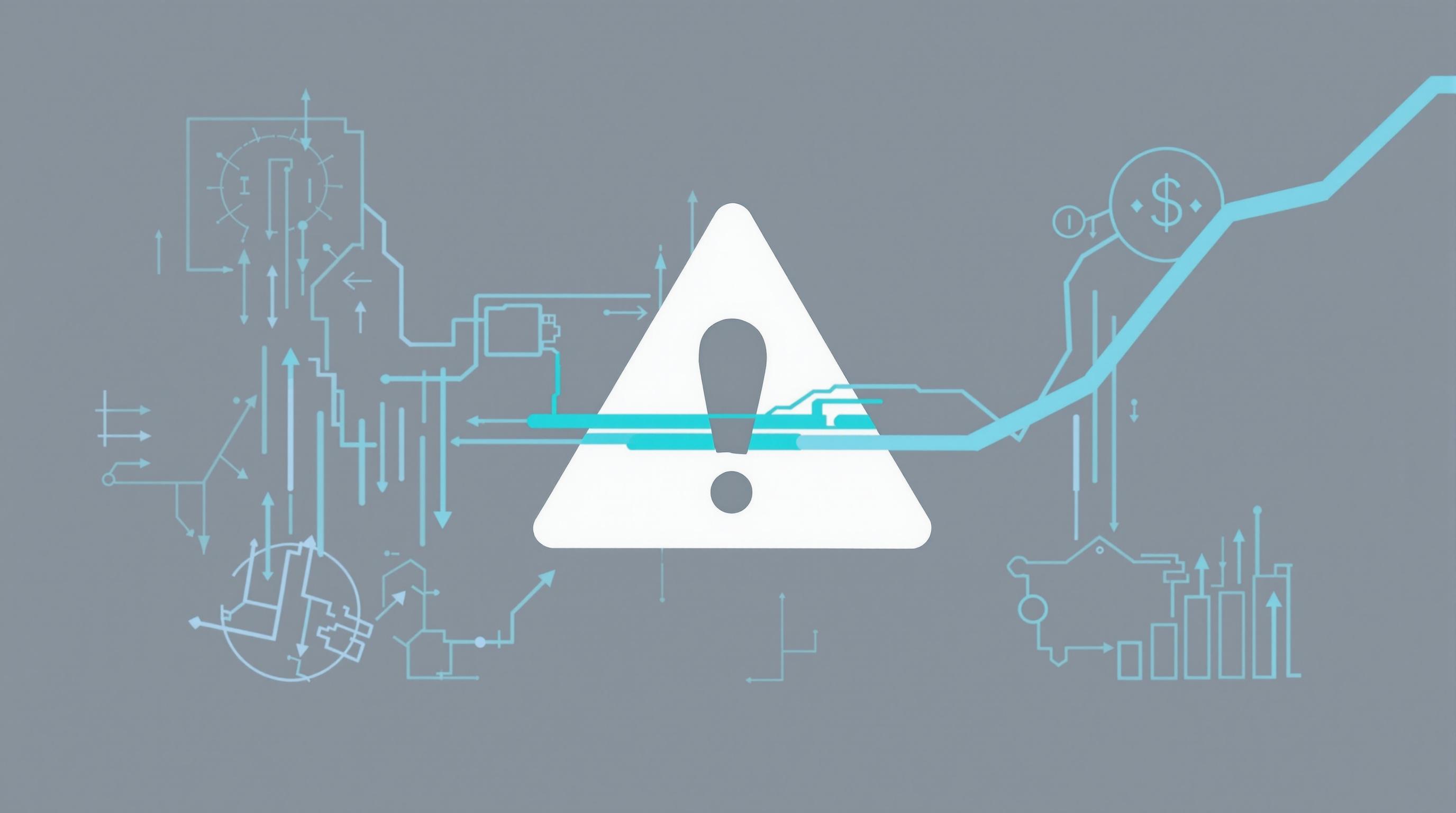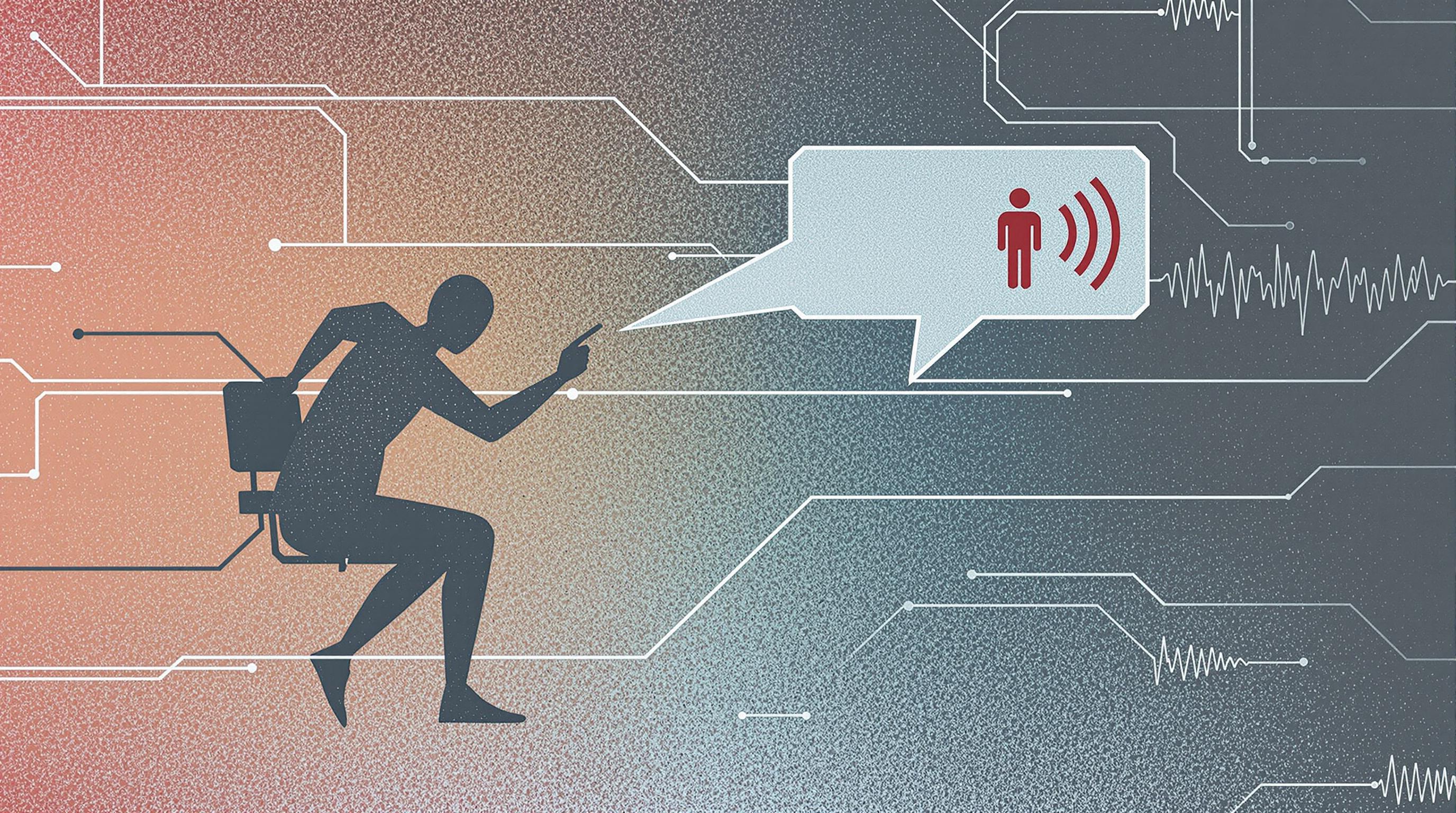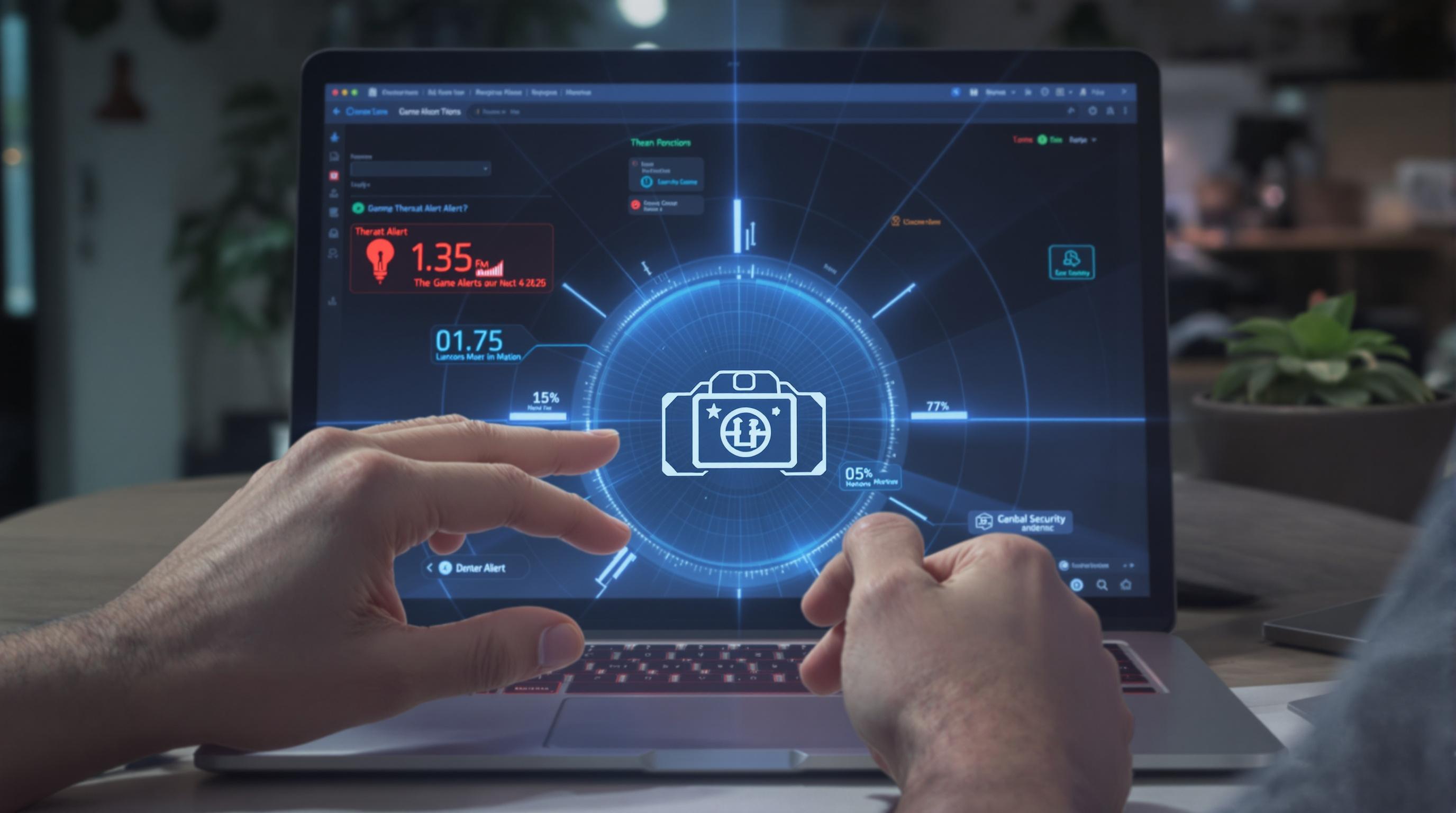Related Articles
- Unveiling the Silent Effects of Malware Residue on IoT Devices and What It Means for Your Connected Home Security
- Top 6 Game-Changing Email Security Suites Released Since 2019 That Actually Stop Cyber Trickery
- The Hidden Impact of AI-Driven Voice Assistants on Your Device’s Safety: Risks Nobody Talks About
- Top 6 Stealth Encryption Products Redefining Data Privacy You Haven’t Heard About Since 2019
- Exploring the Influence of Wi-Fi Radiation on Human Sleep Patterns and Cognitive Health in Modern Living
- Top 8 Stealth Malware Cleaners from the Past 5 Years That Outsmart Evasive Threats
6 Innovative Threat Alert Platforms Revolutionizing Cyber Defense Since 2019 Evaluated for Real-World Impact
6 Innovative Threat Alert Platforms Revolutionizing Cyber Defense Since 2019 Evaluated for Real-World Impact
Since 2019, innovative threat alert platforms have dramatically reshaped cyber defense strategies, delivering real-world impact by empowering organizations to preempt and neutralize evolving threats. This article dives into six standout platforms, exploring their unique features, effectiveness, and implications for securing our increasingly digital environments.
1. Darktrace: The AI Immune System
Darktrace is often heralded as a pioneer in using artificial intelligence to mimic the human immune system in cyber defense. By learning the ‘normal’ behavior of a network environment, it can detect unusual activity with remarkable precision. Since its rise post-2019, it has saved countless enterprises from zero-day attacks and insider threats.
For instance, in 2021, Darktrace's AI thwarted a sophisticated ransomware attack targeting a healthcare provider by isolating infected devices in real-time, preventing patient data exposure. Such adaptive AI-powered defense technology reduced response time from hours to mere seconds, which is critical in today’s high-stakes environments.
A Perspective from a Seasoned Veteran (Age 62)
Having witnessed the evolution of cybersecurity over four decades, I find Darktrace’s approach nothing short of revolutionary. The integration of machine learning in threat detection fills gaps traditional signature-based methods left wide open. Its ability to 'learn' rather than just 'detect' alarms adds a layer of resilience invaluable to modern systems.
2. Splunk Phantom: Automation Meets Threat Intelligence
Conversationally speaking, if you're drowning in alerts, Splunk Phantom throws you a lifeline. This platform automates response actions and integrates with over 300 security tools for a powerhouse of detection and mitigation. According to a 2022 report by Gartner, organizations using Phantom experienced a 40% reduction in incident response times.
Phantom's playbooks execute predefined actions like blocking IPs or disabling user accounts without manual intervention. This is not just a timesaver—it significantly reduces human error and burnout, a crucial factor considering the global shortage of cybersecurity talent.
Casual Insight:
From my college days juggling multiple alerts in a cramped security room, automation like Phantom would have been a game-changer. Now, teams can focus on strategy rather than triage, making cybersecurity less about firefighting and more about prevention.
3. Vectra AI: Hunting Threats with Precision
Vectra AI employs advanced behavioral analytics to spot hidden attacks by analyzing metadata streams. Its focus on 'unknown unknowns'—threats that traditional systems overlook—sets it apart. Post-2019, Vectra’s Cognito platform has been integral in defending financial institutions and government agencies globally.
In a 2023 case study, a multinational bank leveraged Vectra AI to uncover a stealthy Advanced Persistent Threat (APT) that had infiltrated its systems for months. The platform's ability to correlate behavior across devices enabled a swift containment strategy before critical data exfiltration occurred.
Making the Case for Behavioral AI
Research shows that malicious insiders cause 34% of data breaches, underscoring the necessity for behavioral monitoring. Vectra’s focus on user and entity behavior analytics (UEBA) addresses this, equipping defenders to catch subtle anomalies beyond traditional signatures.
4. FireEye Helix: Unified Security Operations Platform
FireEye Helix brings together multiple security functions into a single console, streamlining incident management. With its inception post-2019, Helix has empowered SOC teams to correlate data, orchestrate responses, and conduct forensic analysis with minimal friction.
For example, a large manufacturing firm utilizing Helix gained 50% greater threat visibility, enabling proactive mitigation of supply chain cyber risks highlighted during pandemic-induced remote work challenges.
Humorous Take:
Imagine juggling 27 cats. Now, imagine those cats are cyber threats constantly changing shape and color. FireEye Helix steps in as the cat whisperer, bringing order to chaos with unmatched control and visibility.
5. CrowdStrike Falcon: Cloud-Native Endpoint Protection
The rise of remote work forced a paradigm shift, and CrowdStrike Falcon capitalized on it with a cloud-native endpoint solution. Recognized for its lightweight agent and real-time threat intelligence, Falcon helps organizations scale protection without bogging down devices.
Recent statistics reveal that CrowdStrike protected over 10,000 endpoints in a global retail chain during Black Friday 2023, preventing ransomware attempts that could have cost millions. Its fast detection and automatic remediation features minimize damage and downtime.
A Young Analyst’s Viewpoint (Age 24)
Working as a junior analyst, Falcon has been indispensable for our remote SOC. The platform's intuitive interface combined with powerful analytics lets me investigate alerts effectively despite limited experience. It's truly democratizing cybersecurity.
6. CylancePROTECT: AI-Driven Prevention
Long before AI buzz became mainstream, CylancePROTECT was delivering AI-driven malware prevention by analyzing code characteristics rather than signatures. This shift enabled preemptive blocking of threats, particularly zero-day malware and fileless attacks.
A 2020 case showed CylancePROTECT stopping a previously unknown malware variant targeting a government contractor, highlighting the critical advantage of AI predictive capabilities in safeguarding national security interests.
Storytelling Moment:
Picture a cyber attacker crafting a novel malware overnight—a shape-shifting serpent nobody has seen before. While traditional defenses scramble to catch up, CylancePROTECT’s AI, trained like a seasoned hunter, already identifies the serpent’s telltale signs and strikes it down before harm is done.
Conclusion: Making Sense of the Threat Landscape
In a world where cyber threats evolve at lightning speed, leveraging innovative threat alert platforms is no longer optional but imperative. From AI-powered immune systems like Darktrace to automation juggernauts like Splunk Phantom, each platform brings a unique approach to the table. Their real-world impact, evidenced through case studies and measurable reductions in response times, underlines a future where cyber defense is smarter, faster, and more adaptive.
Whether you are a 16-year-old tech enthusiast or a seasoned 70-year-old cybersecurity professional, understanding these advancements opens doors to stronger defenses and a more secure digital future.




